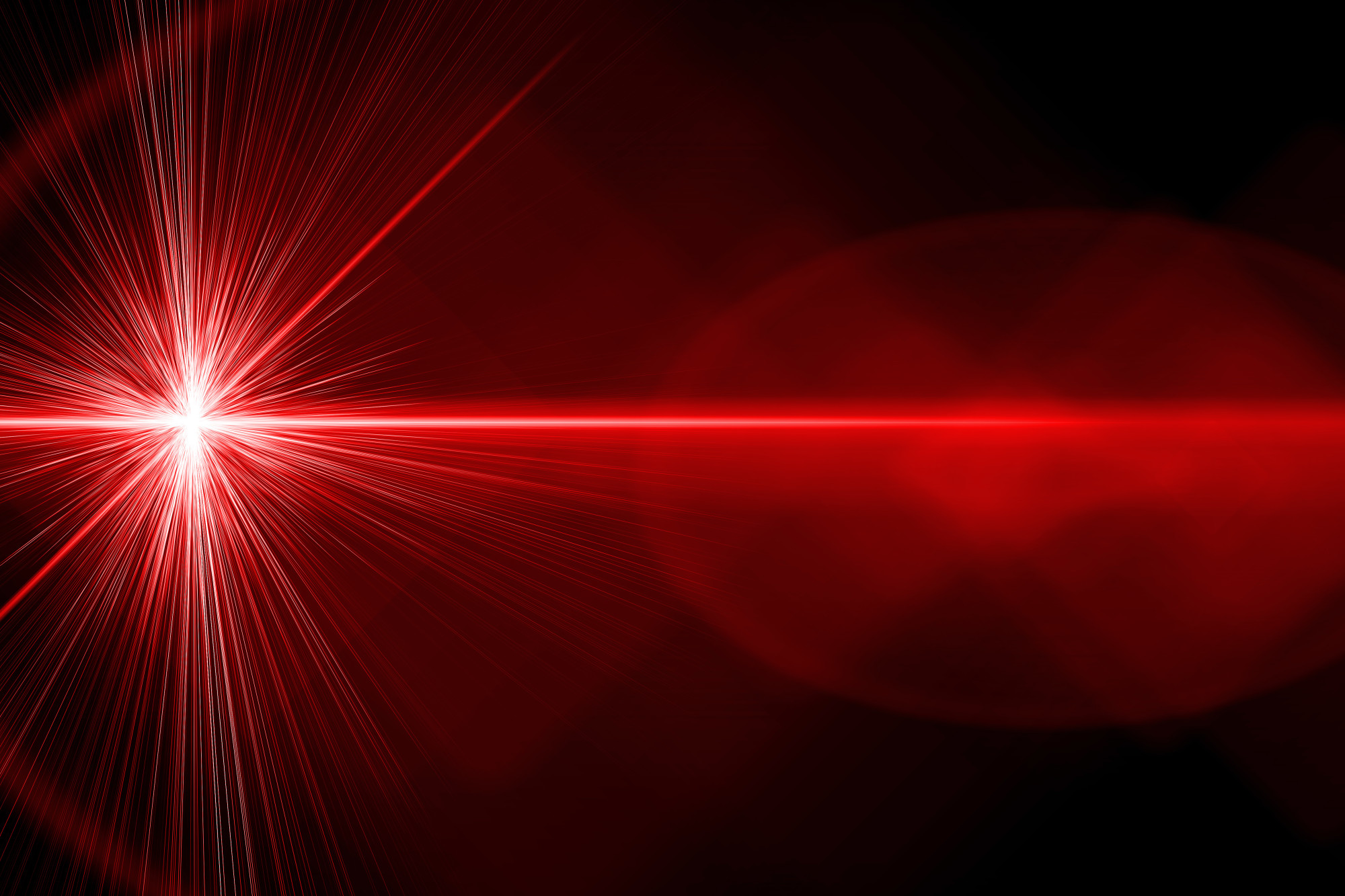Laser guns in Star Trek, laser beams from Superman’s eyes, even laser cats on the internet. You see lasers everywhere—in the media, in colleges, and on the news—but do you know how they work?
Do you know what makes lasers different from each other? Did you know that lasers can use solids, gases, liquids, or semiconductors to lase? If you’re curious to learn more about different types of lasers and how they work, keep reading for a detailed guide.
1. Solid
Some lasers use a solid medium, like a ruby crystal. These are called solid-state lasers. They emit infrared light to create the actual laser beam.
Here are some common solid-state lasers:
- Ruby
- Neodymium YAG
- Neodymium glass
- Neodymium YLF
- Sapphire
The first successful laser was a ruby laser. It was developed by Theodore Maiman in 1960. It was actually a ruby laser that they used to first measure the distance to the moon!
Solid-state lasers use the solid object (like a rod of ruby crystal) to reflect light off a mirror and all over the solid. These reflections excite the atoms within the solid, which emits the laser light.
2. Gas
Other lasers use gas as a medium, as odd as that may sound. They’re classified into gas lasers and excimer lasers. Both use gas but different kinds of gas and in different ways.
These are the most common gas lasers:
- Helium (He)
- Helium-neon (HeNe)
- CO2
These lasers emit red light, especially the CO2 laser, which is infrared. CO2 lasers are so hot and sharp that they’re used to cut materials, even steel! Isn’t it amazing to think that a gas can be used to make a laser that cuts through metal?
3. Liquid
As crazy as it seems, some lasers use liquid to emit their light! Dye lasers use organic dye in a liquid solution as a medium. The most common types are coumarin, which is green, and rhodamine, which is yellow-red.
Dye lasers are so valuable because of their ability to be tuned. They can be adjusted, or “tuned,” to many different wavelengths. This means that their use is much broader and wider.
This gives liquid lasers much more versatility since they can be used over a wide spectrum of wavelengths, unlike solid and gas lasers.
4. Semiconductor
Semiconductor lasers are also called laser diodes. They convert laser light from straight from electrical energy!
These are different because they’re small, compact, and even cheap. Semiconductor lasers are the lasers used in everyday life, more common things like the following:
- Laser printers
- Inscribing, engraving
- Welding
- Dental work (like gum lasering)
- Cancer diagnostics
- CD and DVD players
- Security systems
Interested in buying, selling, or learning about lasers? Check out sentientlasers.com and what it’s all about.
You Can Understand Different Types of Lasers and How They Work
Lasers may seem technologically advanced, complex, even something only out of a sci-fi movie. But you can understand how different types of lasers work and what makes them different from each other.
It’s really comprehensible once you know the info we’ve covered here! And check out our other articles about tech news, tech guides, business, and lifestyle. The more you know, the better!

